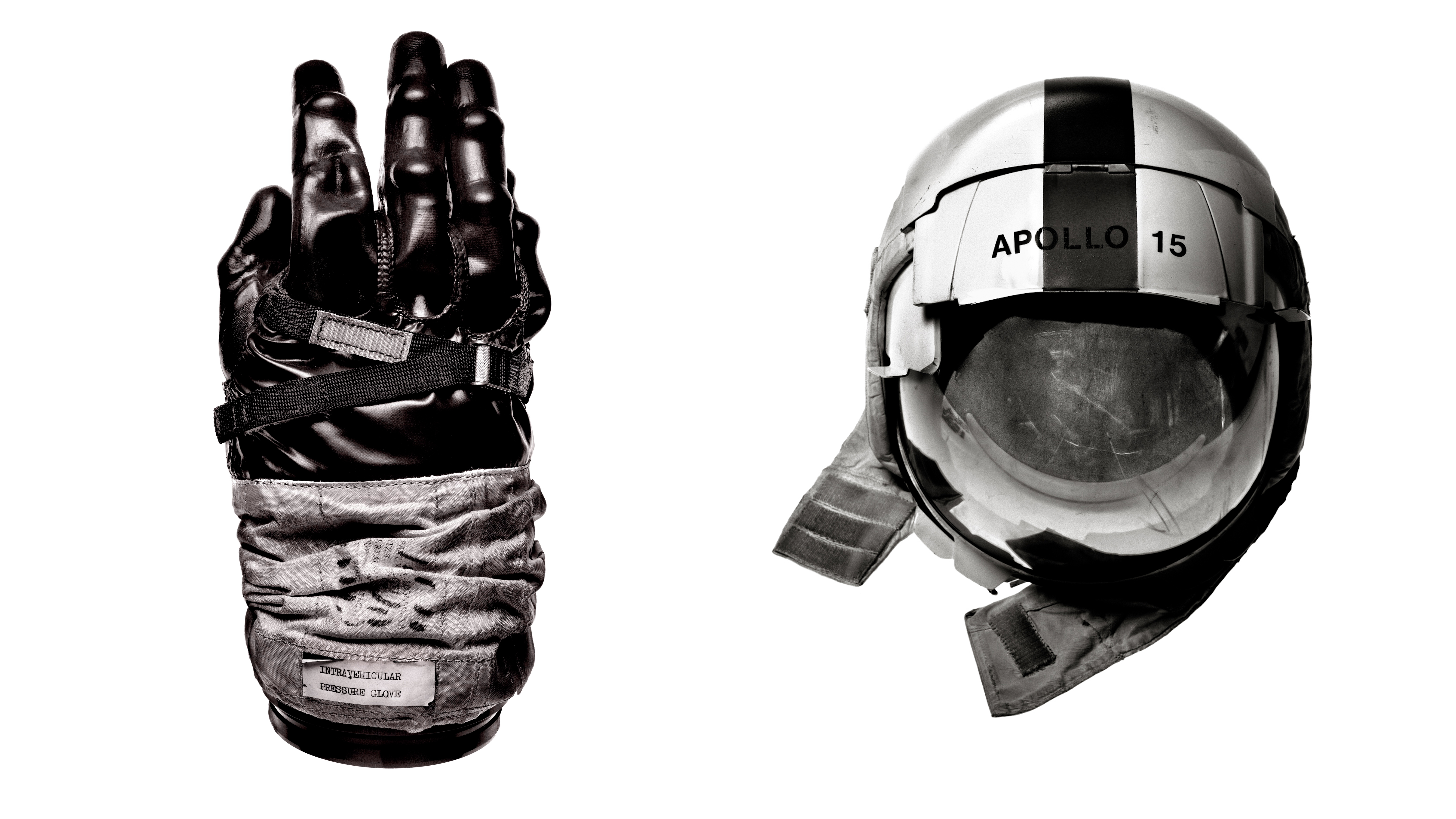Is photography art?
Consider this critical question and rethink why you take photos in the first place
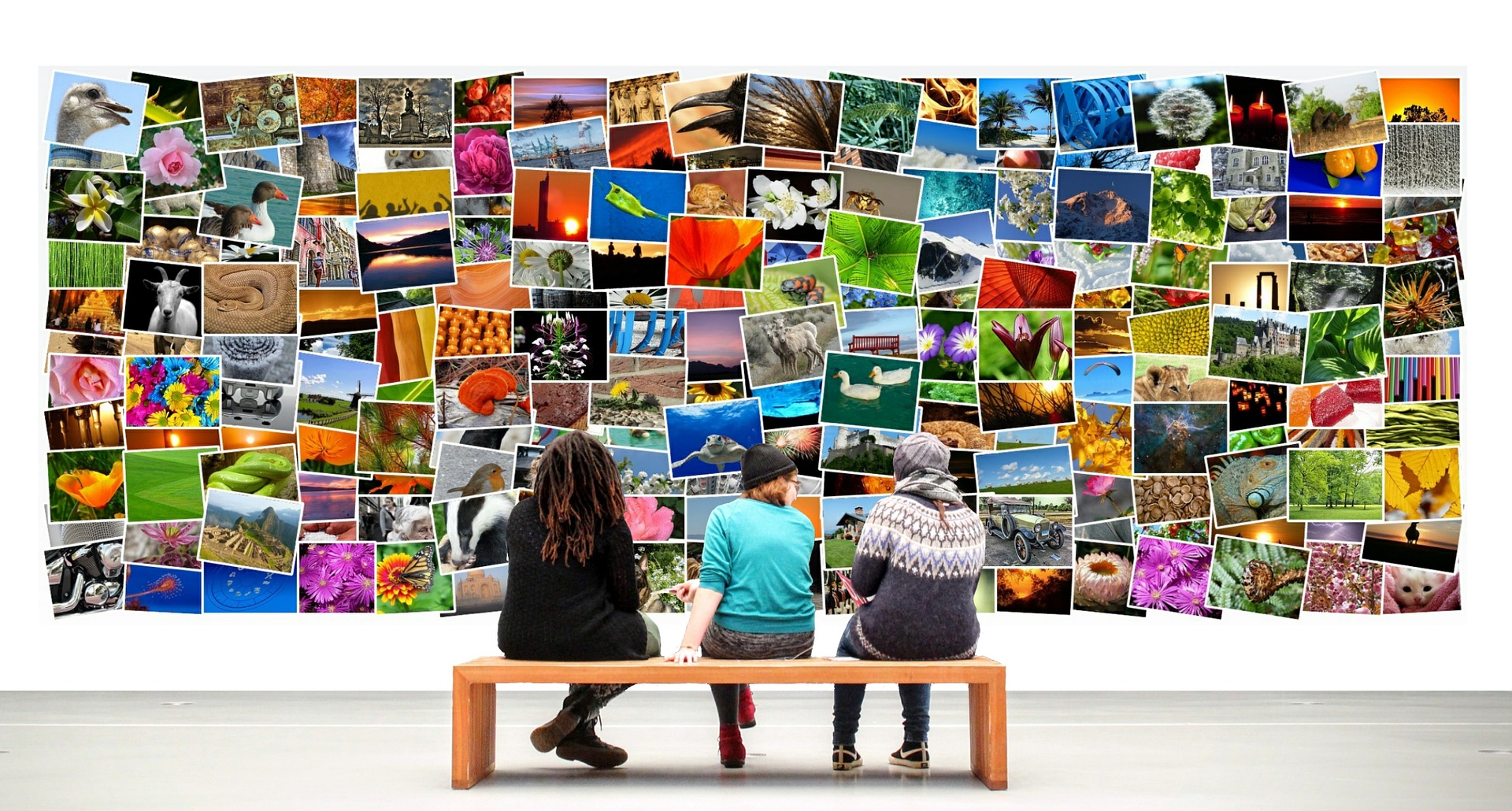
Is photography art? That’s a good question and if you were hoping for a definitive answer here I’m afraid I have to disappoint you. That’s partly because there is no definitive answer to the question and also because any suggestion one way or another is likely to spark a chain reaction of opinion too large for our comments section to handle.
And it’s true - art is totally subjective. What one person considers a masterpiece, another scoffs at with that kind of chin-flicking disdain one usually associates with a critic, who wears tartan trousers and a top-knot. But the truth of the matter is that there is a great deal of misunderstanding regarding the function of an image - it’s this which I believe ultimately defines the divide between a creative work and mere light map of tones in a scene.
More: Opinion: Every photographer should print photos
A quick disclaimer before we venture on though - this is not a conversation about good and bad photography. We’re not discussing what makes an image better than another. What follows is simply a mediation on the relative artistic intent of a photograph, and how you can turn your own images into something more impactful.
Intent is everything
Not long ago I finished reading a scientific paper, written by a friend of mine. Like many journals of this type it features an array of photographic plates, designed to demonstrate the points raised in the text. These images are well exposed, colourful and detailed - the mark of any ‘good’ photography. However I’m sure my friend would himself laugh off the idea of entering these into a photographic competition. There’s nothing wrong with the images, but they simply weren’t created with this as the intended destination. It certainly isn’t art in the common sense of the word.
This raises a confusing issue though - why is this not art, but it would be if I were to add a colourful background, shoot at a different angle and add a spotlight effect, with a wireless speedlight? It’s the same subject, potentially in the same location, so what gives? The answer is because I, the creator, says it is.
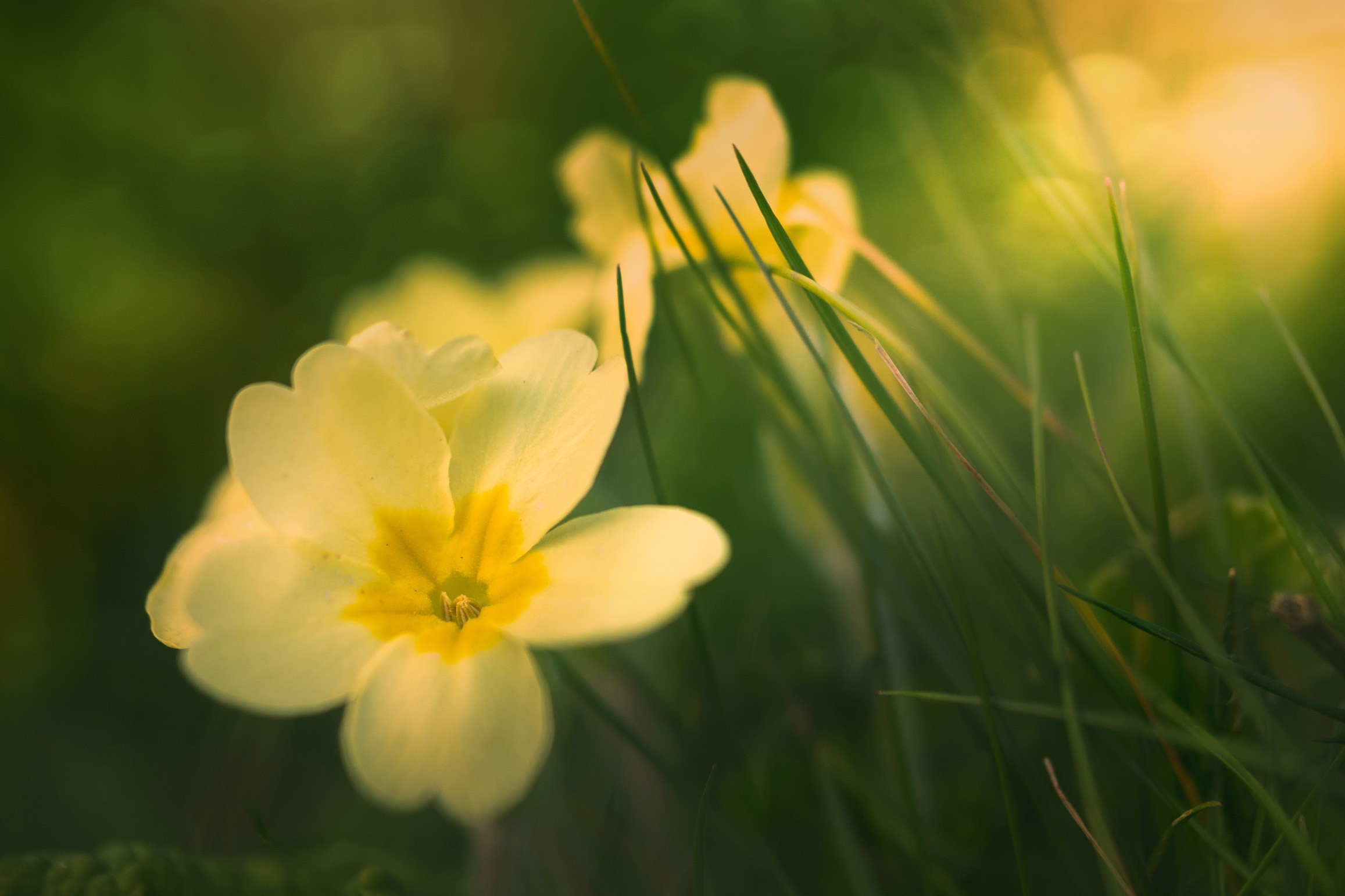
I intended to create a shot which might be looked at fondly by my peers, which might work well in my Digital Photographer Magazine features and which someone just might want to buy. It’s more than just a concept. By the very nature of my trying to create something artistic, I introduce creative aspects which require effort and intent. I needed to set out with something in mind and apply my skills to make this happen.
Get the Digital Camera World Newsletter
The best camera deals, reviews, product advice, and unmissable photography news, direct to your inbox!
I wanted people to look at my shot and wonder how it was done. More importantly I wanted to capture an image which my viewers, photographers or otherwise, might want to create themselves. And that brings us to the next point.
Perception and reception
Who is looking at your images? Why are they looking? What do they hope to see and what did they expect you, as the creator, to achieve with them? This is the second component separating a record shot from a work of art - the perception of your images and how your viewers consume them.
If you send your photographs to an art gallery, then the expectation is you hoped to say something artistic with them. You wanted people to spend time looking at them and interpreting them in a way which made sense to them. You hoped to initiate an emotional response from them, be it a superficial appreciation of the subject matter, or a deeper connection-by-association: they either liked your cat image because they simply liked cats, or because your shot reminds them of their long lost feline pal, Fluffy.

Either way your photography becomes art when it is deemed an obvious function of the images in the minds of those it was intended for. When you look online at pictures of used cars do you assume the photographer considered them fine art?
Beyond the ordinary
Art has to inspire. It has to tell a story or encourage the viewer to think. When you go to take a photo it’s critical that are aware of the reason for you to be holding the camera to your eye in the first place. When shooting a wildlife image or macro shot it’s often easy to think of the process as capturing something literal. A photo of a bird or flower is just a record shot of the markings or colour. An artistic impression aims to explore the setting, lifestyle and behaviour of the subject, depicting it in a way the viewer wouldn’t necessarily see it with their own eyes.
Art is idealized, narrative imagination. It doesn’t have to be accurate or natural. As long as it’s clear the intent is to elicit a feeling, rather than a mere assessment, the viewer should accept this.
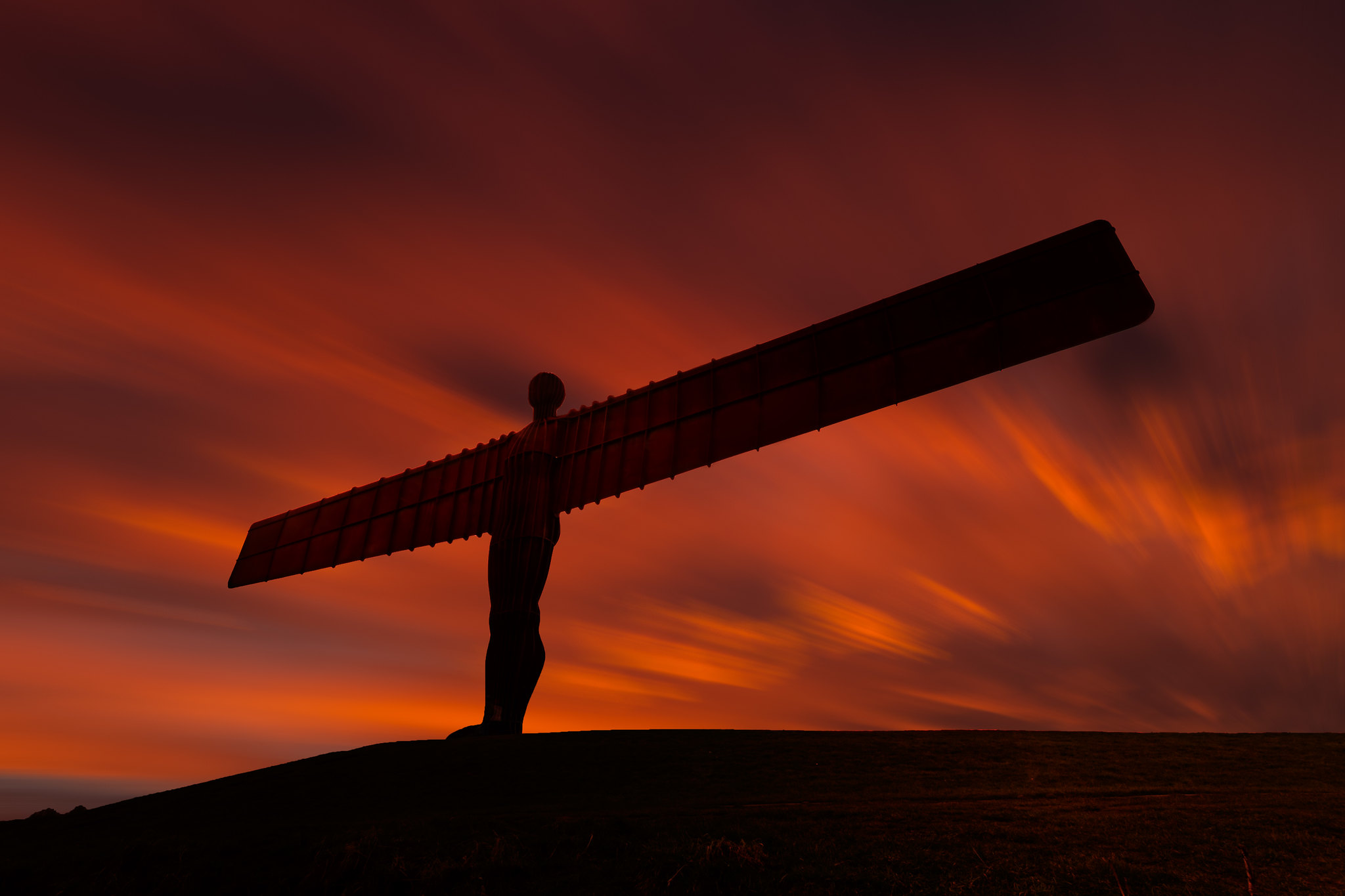
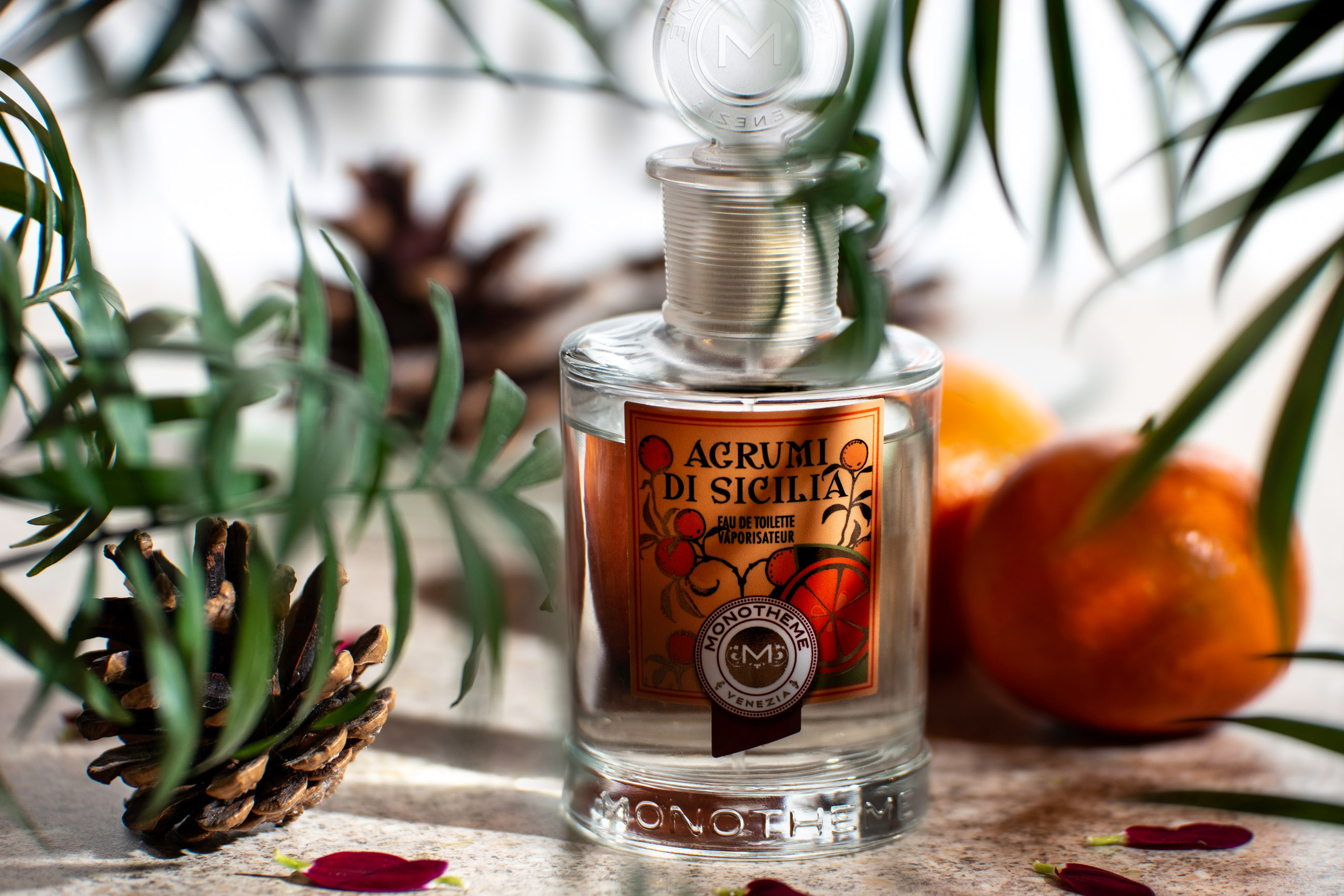
As a final thought, consider the photographers we now consider to be the ‘masters’ of the medium - the likes of Cartier-Bresson, Ansel Adams etc. Their images are now seen as historical treasures, but their worth has likely matured over the years. We might consider an image to be art today, but at the time Cartier-Bresson, in his strict application of the ‘decisive moment’, may not have seen his own work as anything but truthful documentary photography. A record of an instant.
How we think about an image is what truly defines its purpose and impact - it’s all that really matters. However, its also useful to be aware of this often unconscious thought process on the part of the viewer, as once you understand it, you can learn to identify and exaggerate the real power of art: the ability to communicate an idea.
I’m starting to sound like an art critic. I’ll stop there.
Read more:
Black and white and beautiful – aerial photography as it used to be
As the Editor for Digital Photographer magazine, Peter is a specialist in camera tutorials and creative projects to help you get the most out of your camera, lens, tripod, filters, gimbal, lighting and other imaging equipment.
After cutting his teeth working in retail for camera specialists like Jessops, he has spent 11 years as a photography journalist and freelance writer – and he is a Getty Images-registered photographer, to boot.
No matter what you want to shoot, Peter can help you sharpen your skills and elevate your ability, whether it’s taking portraits, capturing landscapes, shooting architecture, creating macro and still life, photographing action… he can help you learn and improve.

